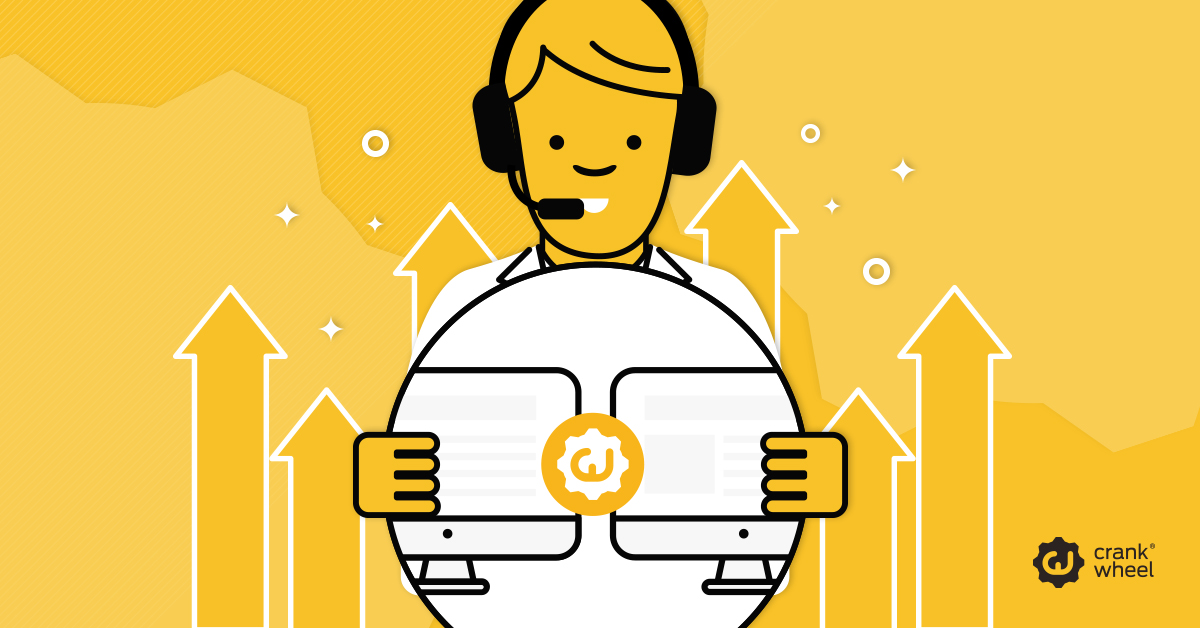Improve telesales conversion rates with screen sharing
Cold calling is not an easy game. Getting who you want on the phone is a time-consuming task. Despite increasing reluctance and a mistaken belief that “cold calling is dead”, speaking to a potential sales lead is still more effective than sending an email or making contact using social media.

Emails and social media messages are too easy to ignore. Your message - no matter how compelling - can get lost in the noise, one of dozens of notifications. Prospects delete and forget.
Get a potential buyer on the phone, ask them questions, give them the chance to test a product and you’ve got a much better chance of converting a lead. Every time you speak to a decision maker or influencer within a target prospect, it is your opportunity to do the following:
- Qualify a potential lead
- Live demo the product
- Arrange for a demo or meeting
Qualifying on a call
Firstly, to avoid wasting your time, you need to try and qualify a new lead - and build a rapport - in the space of a few questions.
Asking the right questions starts with doing your homework. Now you’ve got them on the phone, you need to find out:
- Is this company struggling with the same pain points of other similar companies (ideally those who’ve also found your product valuable)?
- What it would be worth to ensure these pain points are resolved?
- Who makes purchasing decisions?
- Do they have a budget, does a budget exist?
- Are they in the market for a new product/service (if you’re looking to dislodge a competitor), or a product to fill a gap where there isn’t currently an incumbent?
- Do they have a potential timescale or roadmap to make a decision and/or rollout this product internally?
Questions should come as a natural part of the rapport your sales team build with prospects. Don’t stick to a script, but do take every opportunity to ask the right questions that should result in the answers you need to qualify a lead.
Most initial calls can go one of two ways: a demo or meeting is scheduled. Or the lead isn’t suitable (e.g. no budget, no need for the product, etc.), and so it’s taken out of the prospect pipeline. However, there is a third route you can go: they’re a suitable lead and they have the time for a quick live product demo.
Dive into a Demo
With screen sharing, you can dive straight into a demo.
Make sure they do have the time for you to demonstrate enough to get them interested in purchasing. There is no sense starting a demo call if they’ve got to run to an urgent meeting, but that said even if they only have 5-10 minutes it can make for an effective demo to whet their appetites.
During this live demo, aim to achieve the following:
- Tailor the product/features to pain points;
- Demonstrate the value of various features and how these support similar companies;
- Ask more questions. Get a clear sense of what they need and how your product is the right solution. Also, aim to get an idea whether a budget exists and what it would take to get a decision.
Before finishing a demo, know what your next steps are. Then email to confirm, and if you can get them started on a free trial, send the sign-up/login link too.
Do your best to stick to the schedule agreed on or after the call. This way, you are demonstrating your company is reliable and the right provider for this client. A strong and profitable client relationship could start with a simple and short instant demo.
